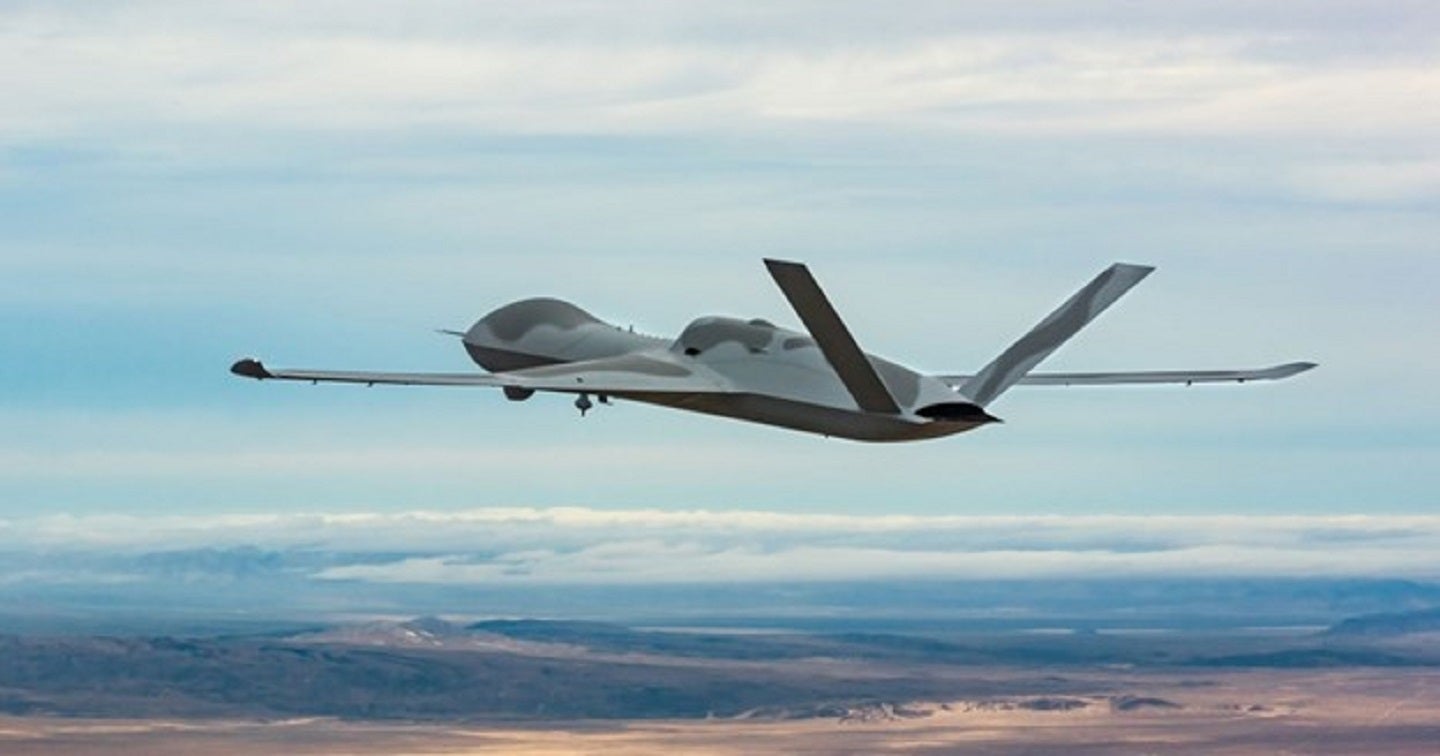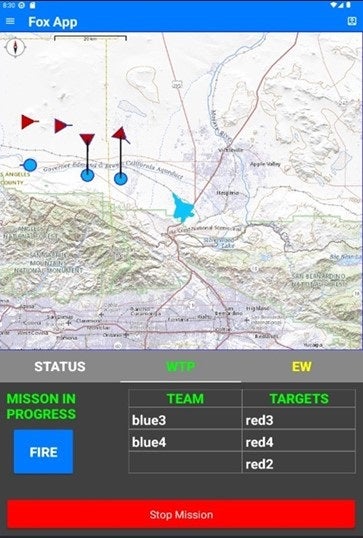
Three defence software suppliers came together on 2 November 2023 to converge their respective autonomous capabilities to enhance the kill-chain of an uncrewed combat aerial vehicle (UCAV), according to a 9 January 2024 statement.
PMA-281 US Naval Air Systems Command’s team accomplished artificial intelligence (AI) integration, compliance, and sustainment objectives for Naval Aviation UCAV Tactical Operations.
Scientific Systems Company (SSC) used its Collaborative Mission Autonomy kit to command a multi-vehicle Defensive Counter Air mission.
Meanwhile, General Atomics Aeronautical Systems (GAAS) demonstrated its rapidly maturing ‘autonomy core’ – which co-ordinated between all the provider’s skills during different find, fix, track, target, engage and assess phases.
All this data came together via a human-on-the-loop machine interface (HMI) application called the FOX tablet, which also tracked the UCAV’s flight path.

The objective of the mission was to employ what GAAS described as “an open government standards-based ecosystem.” This concept is an open mission systems (OMS) approach that integrates advanced capabilities from any vendor approved by the US Government.

US Tariffs are shifting - will you react or anticipate?
Don’t let policy changes catch you off guard. Stay proactive with real-time data and expert analysis.
By GlobalData“Designing the system around government-owned and maintained standards avoids vendor lock,” GAAS explained in its joint statement, “and [it] allows rapid integration of [advanced] capabilities in areas such as AI, HMIs [human-machine interface], and other skills from third-party providers.”
Details of the MQ-20 Avenger UCAV
This mission took place at GAAS’s Desert Horizon Flight Operations Facility in El Mirage, California. The team used GAAS’s MQ-20 Avenger UCAV to test its OMS approach.
The high-speed, multi-mission Avenger is a long-endurance, medium-to-high-altitude remotely piloted aircraft system that can perform wide-area surveillance, time-sensitive strike missions over land or sea, plus a host of other military or civilian missions.
Avenger can operate at speeds up to 400 true airspeeds, at an altitude of over 50,000 feet, and 20+ hours of endurance.
Its significant wing hard point payload mounting capacity enables it to carry multiple sensors, while its internal weapons bay can house 3,000 pounds of precision munitions or larger sensor payloads.
Military-industrial collaboration
In it’s thematic research report on Drones in Aerospace and Defence, GlobalData suggests that drone manufacturers, component suppliers, software integrators, and prospective enterprise users all share a vested interest in collaboration to promote the adoption of drone technology.
The commercial deployment of drones beyond pilot studies and proof-of-concept projects is held back by the sluggish pace at which government regulations have been defined and adapted in recent years.
This creates a common cause for multiple organisations to work together to influence the pace and direction of public policy concerning drone technology and therefore the standard sub-systems used in an open architecture, which this trilateral flight test demonstrates.
“This flight underscores GAAS’s commitment to proving combat operational readiness for vendor-agnostic autonomy architecture for UCAV platforms,” said the GAAS vice president of advanced programs, Michael Atwood.



